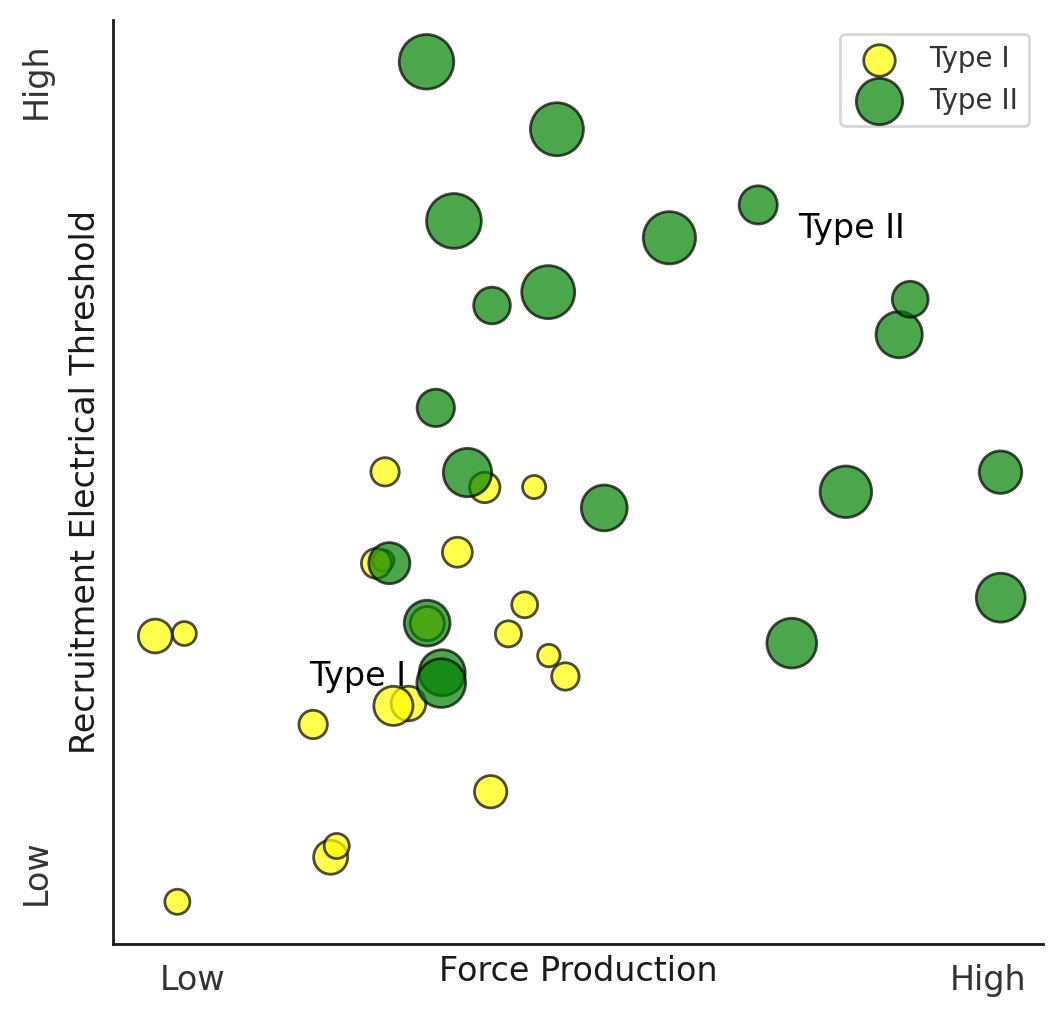Anaerobic training consists of high-intensity, intermittent bouts of exercise that primarily utilize the phosphagen and glycolytic energy systems. This form of training includes activities such as resistance training, plyometrics, sprinting, and agility drills. The physiological adaptations to anaerobic training encompass changes in muscular strength, power, endurance, neuromuscular function, and metabolic efficiency.
Anaerobic training relies heavily on two key energy pathways:
Although the aerobic system plays a role in recovery, anaerobic energy systems dominate performance in explosive sports.
Different sports require varying contributions from the phosphagen, glycolytic, and aerobic systems. The following table summarizes these demands:
| Sport | Phosphagen system | Glycolytic system | Aerobic system |
| American football | High | Moderate | Low |
| Basketball | High | Moderate to High | Low |
| Boxing | High | High | Moderate |
| Ice Hockey | High | Moderate | Moderate |
| Marathon running | Low | Low | High |
| Powerlifting | High | Low | Low |
| Strongman | High | Moderate to High | Low |
| Swimming (Short Dist.) | High | Moderate | Low |
| Track Sprints | High | Moderate | Low |
| Weightlifting | High | Low | Low |
| Wrestling | High | Moderate | Low |
This table illustrates the importance of sport-specific anaerobic adaptations when designing training programs. It is important to recognize that these contributions overlap, and no sport relies exclusively on a single energy system.
Neural adaptations are critical for maximizing strength, power, and motor unit recruitment. These adaptations occur throughout the neuromuscular system, from the central nervous system (CNS) to the individual muscle fibers.
Key neural adaptations:
Neural adaptations typically occur before structural changes, making them one of the first improvements seen with anaerobic training.
The CNS plays a vital role in anaerobic performance by increasing motor unit activation and coordination. Adaptations include:
These adaptations allow athletes to generate maximal force with greater efficiency, contributing to overall performance improvements.
Motor unit recruitment follows the size principle, meaning low-threshold motor units are recruited first, followed by higher-threshold, fast-twitch motor units as force demands increase.

The ability to selectively activate fast-twitch fibers is a key determinant of performance in power-based sports.
Anaerobic training leads to a series of adaptations within the neuromuscular system, enhancing force production and efficiency. These include improvements at the neuromuscular junction (NMJ), increased motor unit recruitment, and enhanced neuromuscular reflex potential.
The NMJ serves as the interface between the nervous system and skeletal muscle fibers, playing a crucial role in neural activation. Adaptations at the NMJ following anaerobic training include:
These modifications allow for quicker and more forceful contractions, contributing to enhanced strength and power performance.
Anaerobic training also enhances reflex potentiation, particularly through the muscle spindle and stretch reflex mechanisms. This leads to:
Resistance-trained individuals demonstrate significantly higher reflex potentiation than untrained individuals, which is crucial for activities requiring rapid force application, such as sprinting and weightlifting.
Electromyography (EMG) is a tool used to measure muscle activation during movement. Studies indicate:
These findings highlight the importance of neural factors in strength development during the early stages of resistance training. Increases in EMG activity indicate improved neural efficiency rather than structural muscle changes.
Sign up for free to take 15 quiz questions on this topic